See Your Home in a Whole New Light
http://decor-ideas.org 07/22/2013 08:40 Decor Ideas
Lighting is one of the easiest and least expensive ways to transform the look of a room. Proper lighting can highlight a room’s assets and help disguise its shortcomings, increase function and set a mood.
Good lighting and bright lighting are not the same thing. A room that’s well lit will offer illumination at varying levels. The combination of light and shadow helps sculpt the space and makes the room more interesting and atmospheric.
To make the most of the lighting in your home, just follow a few basic rules:
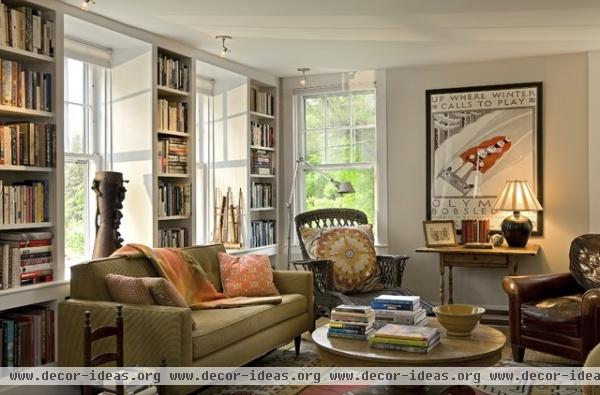
Consider Function
Before lighting a room, consider how you use the space. Will the room get most of its use in the day or in the evening? What activities take place there, and in what locations?
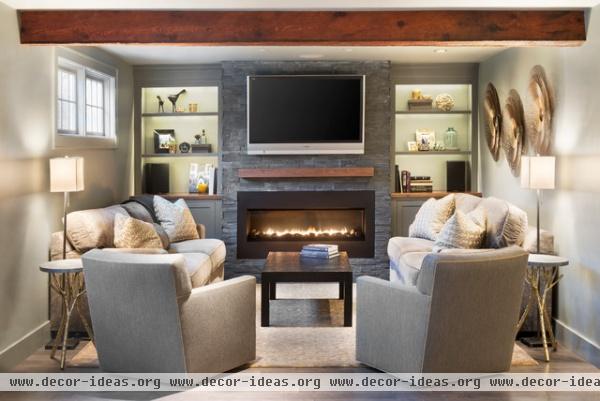
If you plan on using the room for reading, for instance, you’ll want to provide lamps beside each reading spot. If the room is used for TV viewing, you’ll want overall illumination that can be adjusted to different settings, with light sources that won’t reflect on the TV screen.
Where to put your flat-screen TV
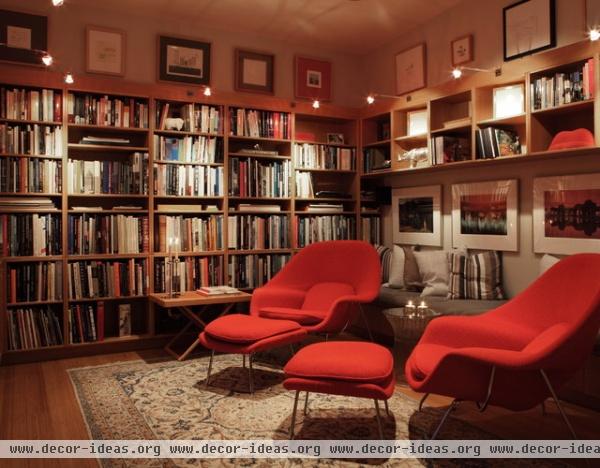
If the room is used for tasks, circulation, or by the elderly, you’ll want lighting that’s bright and uniform. If the space is used mostly for relaxation, turn down the wattage and turn up the atmosphere.
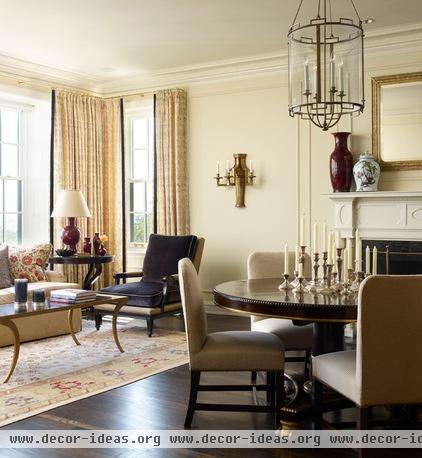
Consider Decor
Next, consider the room’s style. If the decor is contemporary, consider fewer lamps and more built-in lighting, such as overhead cans. If the style is more traditional, lamps, pendant lights and sconces can provide illumination and enhance the look you’re trying to create.
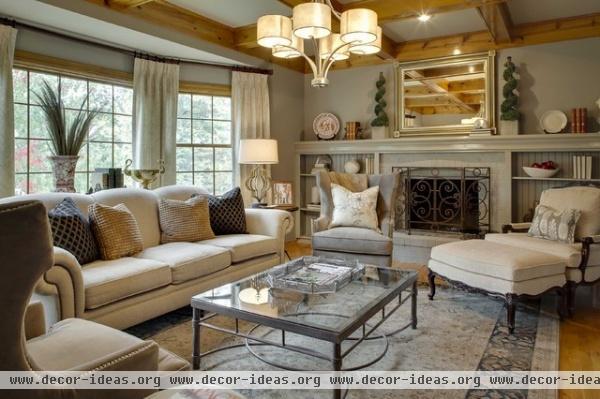
The Three Principle Types of Lighting
Ambient light: Lighting that provides overall illumination for a room. Ambient light can come from a ceiling fixture, recessed cans, torchieres or sconces.
The light should illuminate the space fairly evenly and be bright enough for vacuuming or other mundane tasks.
Tip: If you don’t want to install recessed lights or sconces, another option is to have an electrician hook up a wall switch connected to one or two of the room’s outlets, so that when you flip the switch several lamps come on at once.
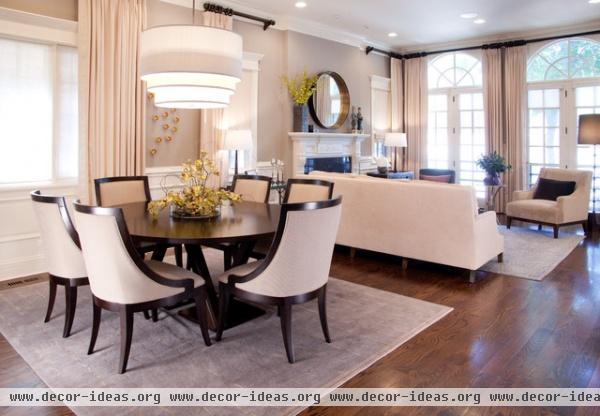
To determine the amount of ambient light you’ll need, a good rule of thumb is to multiply the room’s dimensions to get a total square footage, then multiply that number by 1.5. That will give you the total number of watts needed.
Example: A 10-by-12-foot room totals 120 square feet. 120 x 1.5 = 180, so you’ll need 180 watts of ambient light.
Whatever you do, don’t stop at ambient light. There’s nothing drearier than a bedroom, for instance, with a single overhead fixture — it’s flat and unflattering, and doesn’t provide sufficient illumination for anything but the simplest tasks.
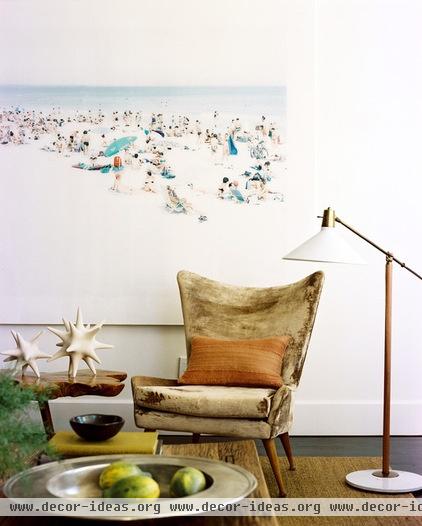
Task light: Lighting that illuminates areas for activities such as reading or cooking. It most often comes from a lamp or hanging fixture.
Task lighting should cast a pool of light that’s at least double the room’s ambient light, and should usually be placed in front of the person performing the task, to prevent his or her body from casting a shadow over the work surface.
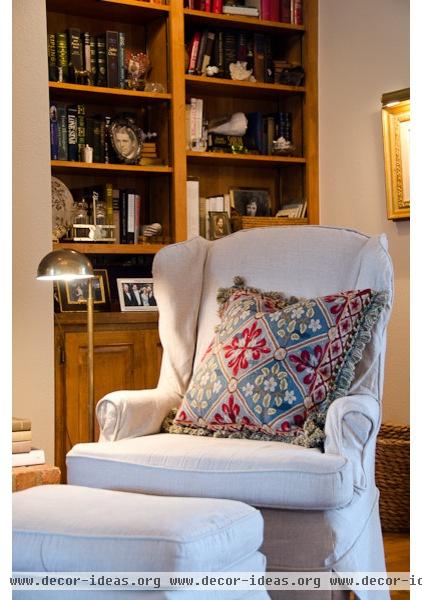
For reading, the light source should be located beside the person.
A three-way bulb that tops out at 150 watts is ideal. If that’s not possible, look for a fixture that will accommodate a 100-watt bulb or two 60-watt bulbs. The bottom of the shade should be at eye level to prevent glare.
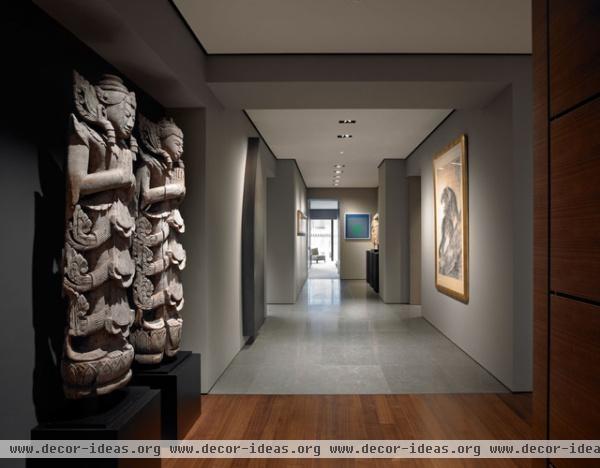
Accent light: Lighting that highlights specific features in a room, such as an architectural element or a work of art. It’s usually produced by track lights, a directional recessed can or a spotlight. Accent lighting is the frosting on the cake — it’s not as critical as the other two, but it adds a nice finishing touch.
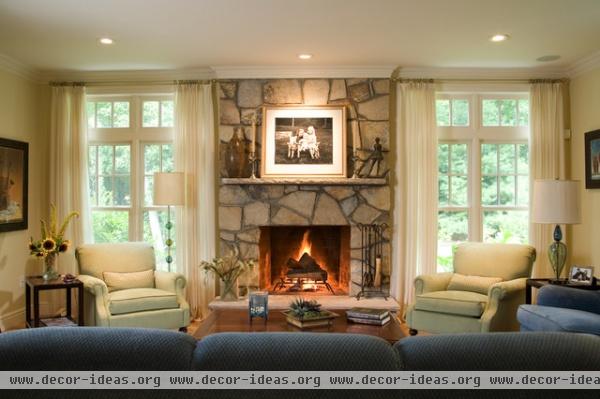
Highlight a painting by placing a wall-mounted “art” light above it, or spotlight a decorative mantel with a track light or directional can light. Showcase the texture of a masonry wall by installing recessed wall washers above it, or place an uplight behind a plant to accentuate its form or cast pleasing shadows.
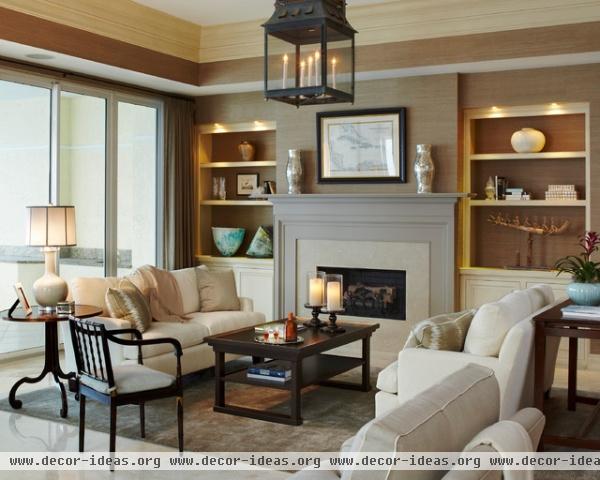
Ideally, every room should include all three kinds of lighting, although you’re usually fine with just ambient and task lighting.
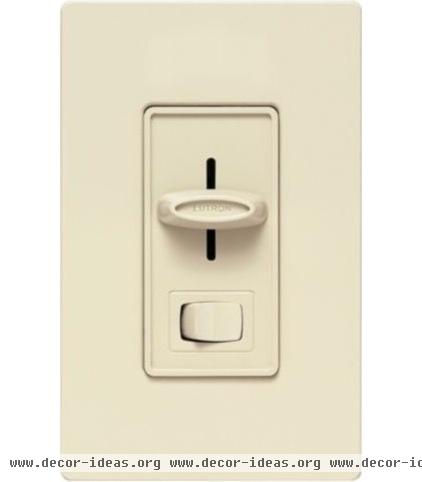
Skylark Incandescent Light Dimmer - $22.80 » Dim and Dimmer
The "public" spaces in your home should have at least two lighting levels: a bright one for tasks or festivities, and a dimmer one for relaxing or more subdued gatherings. You can achieve that variety by varying the lights you turn on, or with dimmers.
A wall dimmer (rheostat) costs less than $20, and the rewards will far exceed the price, letting you adjust built-in lighting to set a mood and even save on electricity and bulbs. If your lamps don’t have dimmers on them, you can add one to the electrical cord for just a few dollars.
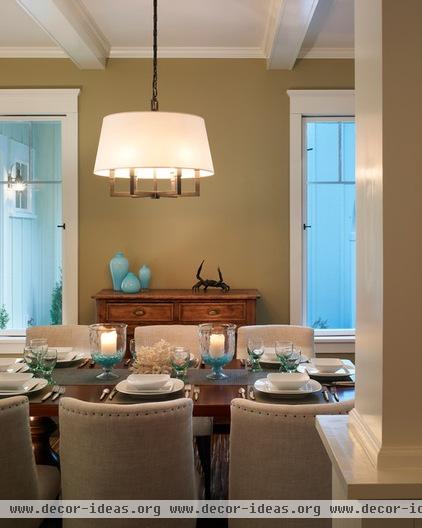
Location, Location, Location
Hang chandeliers about 30 inches above dining tables for optimum visual comfort. Install wall sconces 5½ feet above the finished floor or 15-18 inches above a mantel.
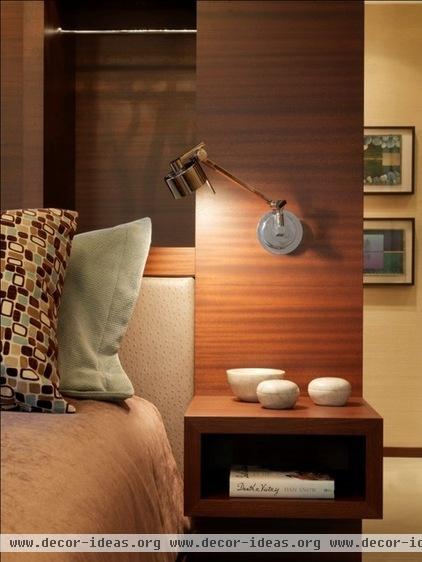
Wall-mounted lights flanking a bed should be placed 21 inches above the top of the mattress or 42 inches above the finished floor, provided you are using a standard 21-inch-high mattress. Set it 45 inches off the floor with a 24-inch mattress, and 48 inches for a 27-inch mattress.
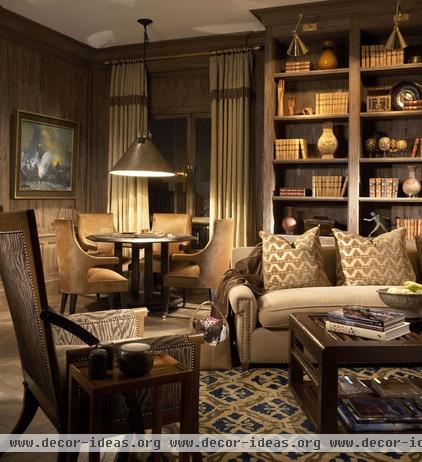
Need Help?
If lighting still has you stumped, there are resources out there to help you. Architects, interior designers, and kitchen and bath designers can assist with your illumination needs. Lighting designers are specialists trained in the art of lighting; they can be especially helpful when dealing with new construction or a major remodel.
More: Find a lighting designer near you
Related Articles Recommended












